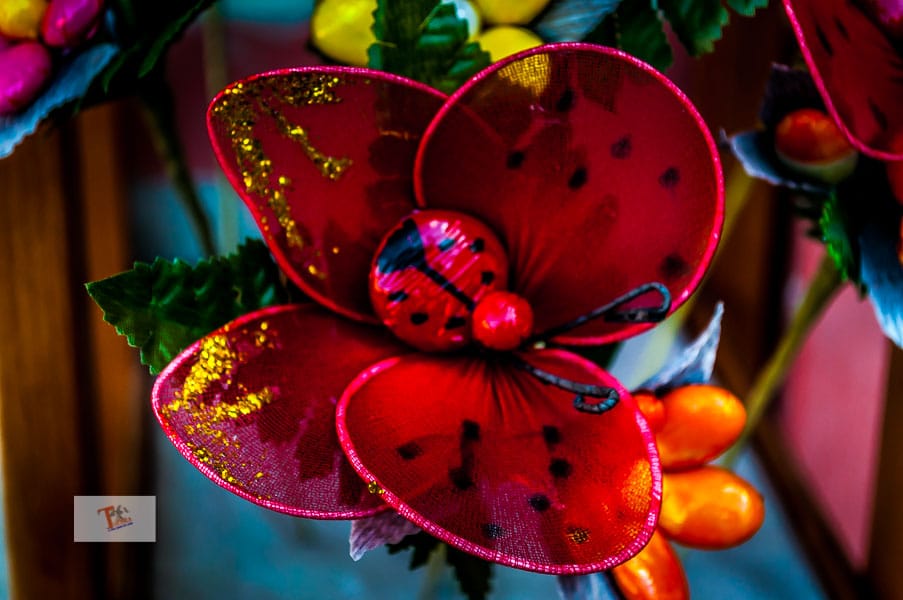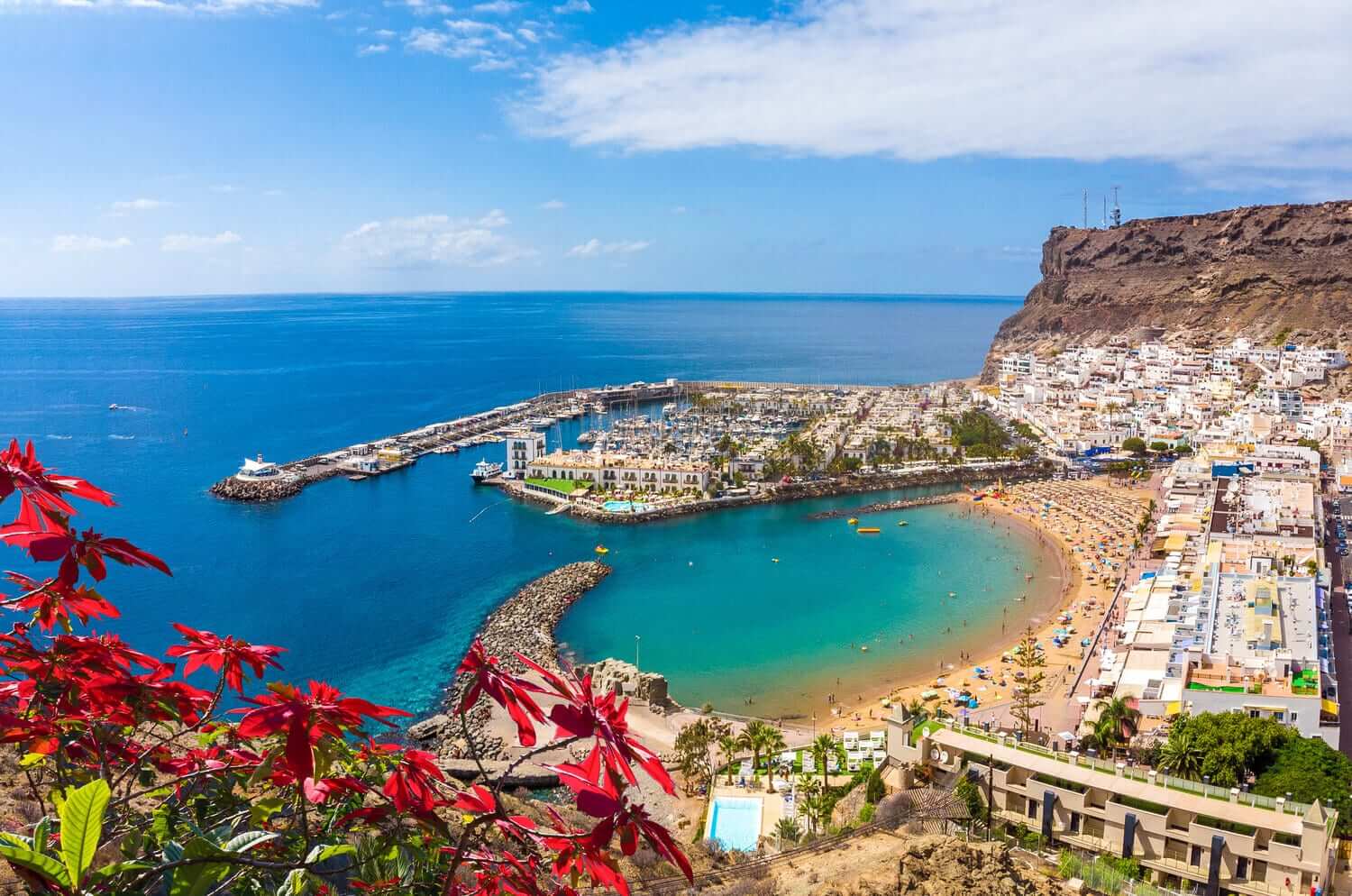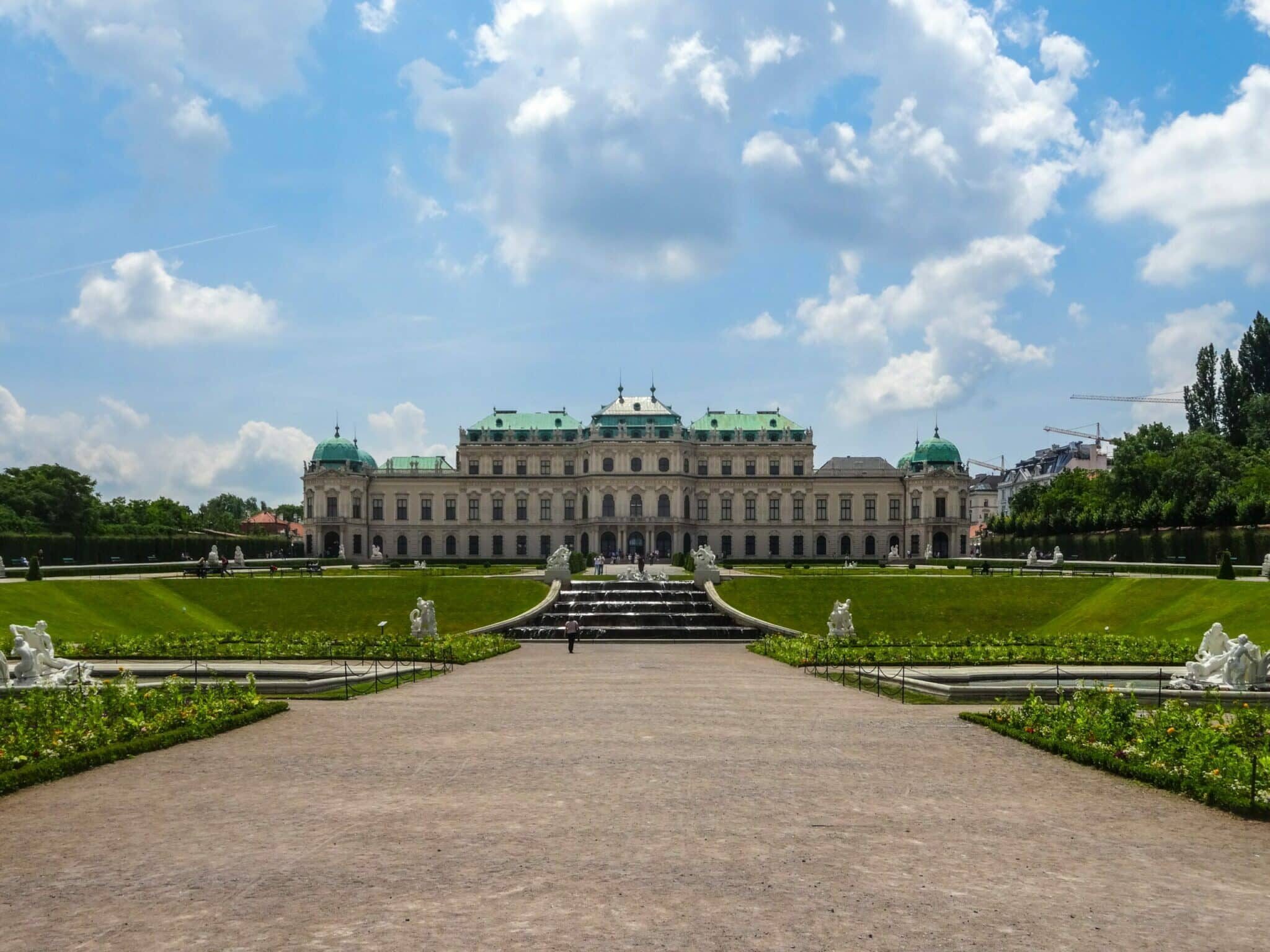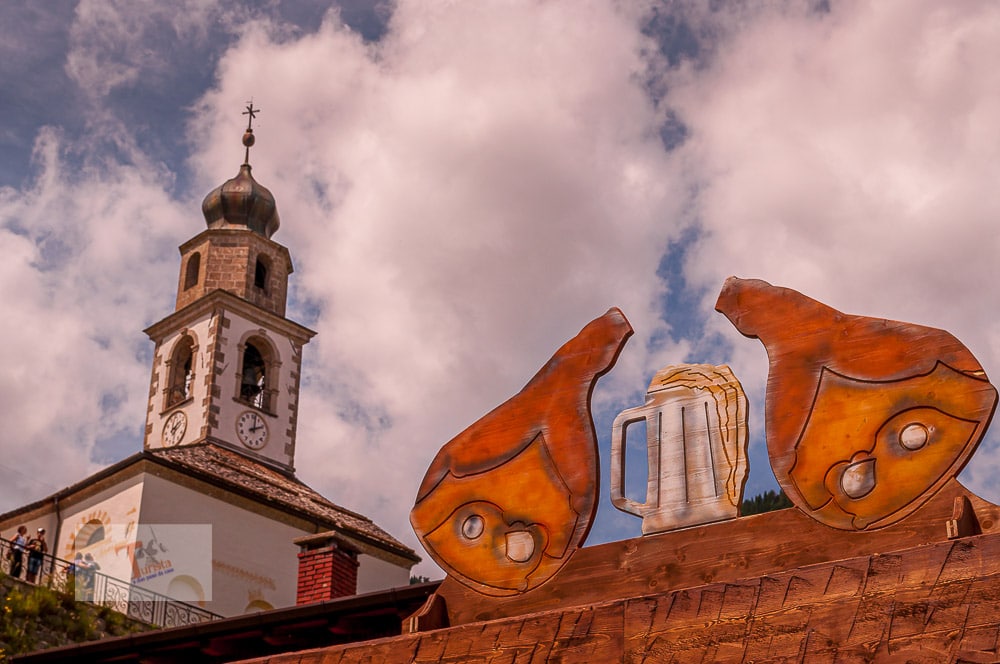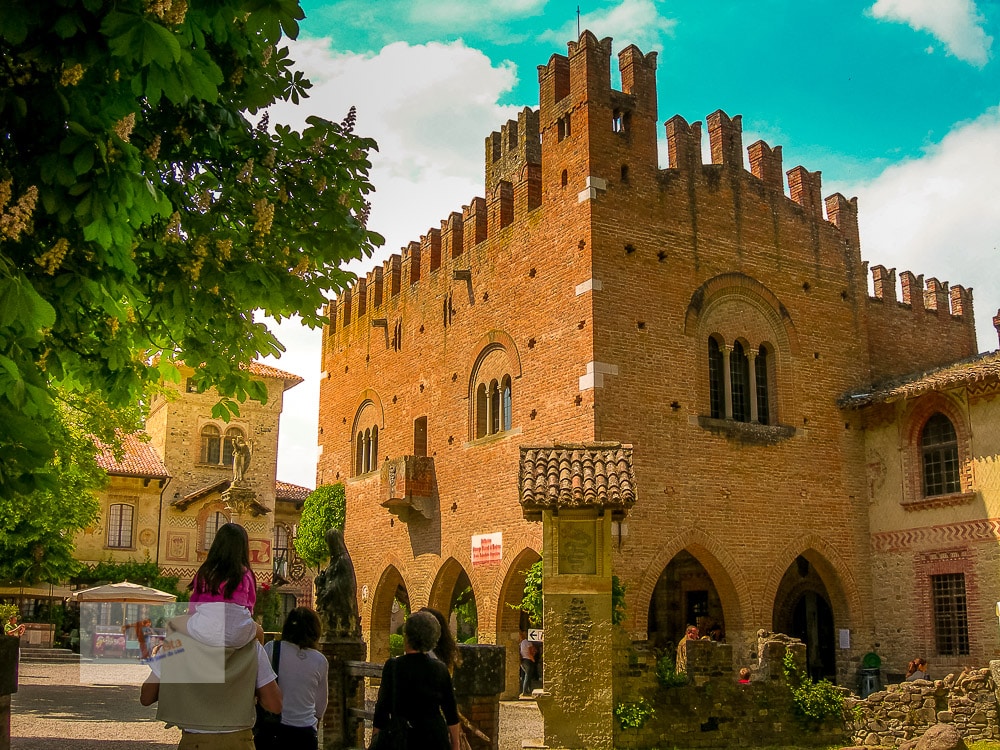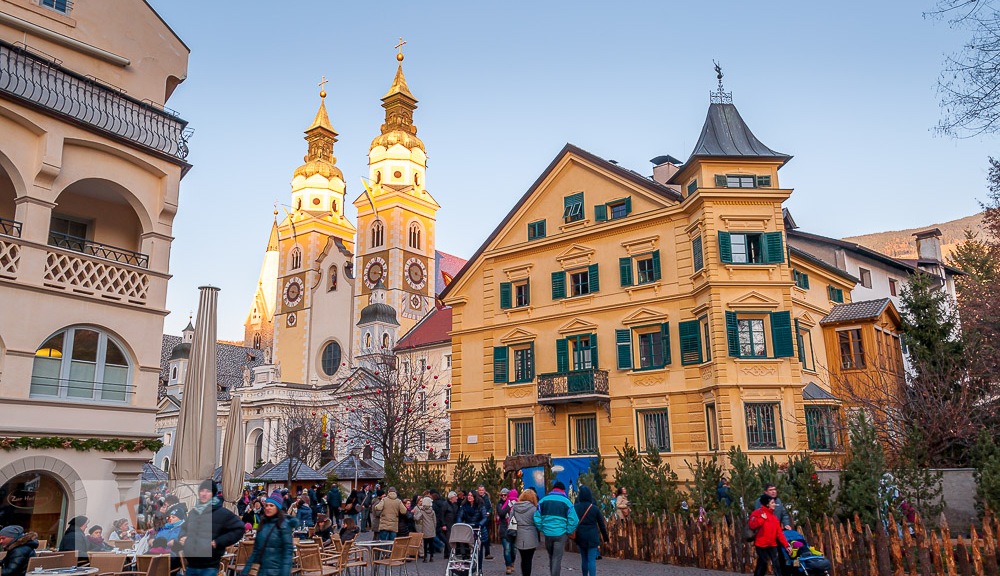A must for anyone traveling around Abruzzo is Sulmona, known for being the birthplace of the poet Ovid, but also because it is the home of sugared almonds, the dessert par excellence for all ceremonies. But this city is also known for its typical red garlic.
We are close to the Majella National Park, in the province of L’Aquila, and we came to Sulmona to visit the historic center. What we see is the reconstruction after the town was hit by a strong 6.6 magnitude earthquake in 1706 that affected the Peligna Valley.
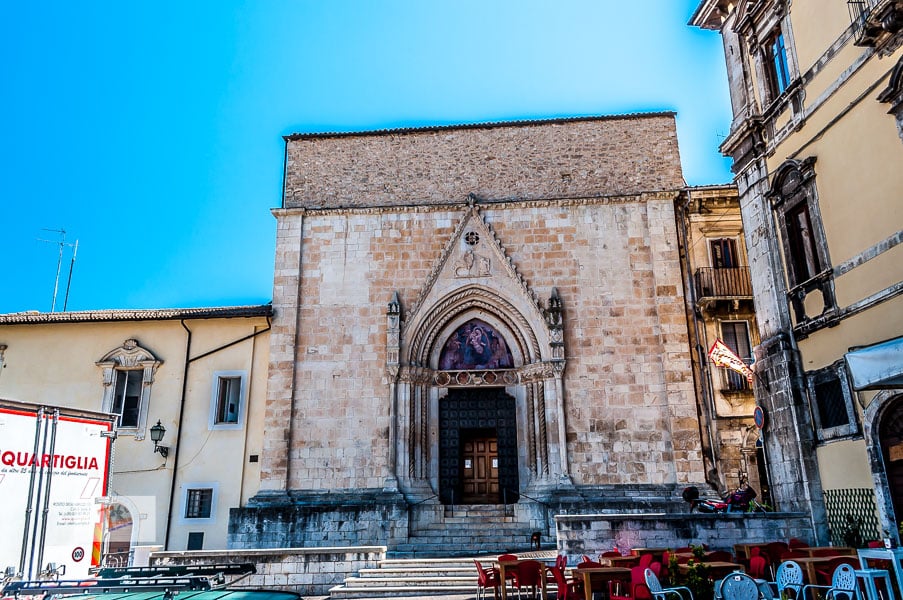
Garibaldi Square
The visit to the historic city center begins. I recommend leaving the car in the covered parking that comes out in Piazza Garibaldi and starting the visit from the church of San Filippo Neri, which overlooks the square.
It is a late 1600s building rebuilt after the earthquake of 1706. Deconsecrated, used as an oven and a military building, in 1920 it returned to being a place of worship.
Let’s go back to Piazza Garibaldi to admire the sumptuous fountain. Every year, on the last weekend of July, the historical re-enactment of the famous Giostra Cavalleresca, of Renaissance origin, takes place in the churchyard. Opposite the church of San Filippo Neri, we see part of the construction of the medieval aqueduct, which we reach and pass to enter the historic center, while on the eastern side there is the 15th-century church of San Rocco.
The historic center
Rich in stately palaces, churches, and other monuments, it is the beating heart of Sulmona and begins beyond the aqueduct. On Corso Ovidio and we come across the majestic entrance to the church of San Francesco della Scarpa. The building which dates back to 1241 was destroyed by the earthquake of 1706 and rebuilt not far away, while the old entrance remained isolated. today it looks like a monument in its own right.
Towards piazza XX Settembre
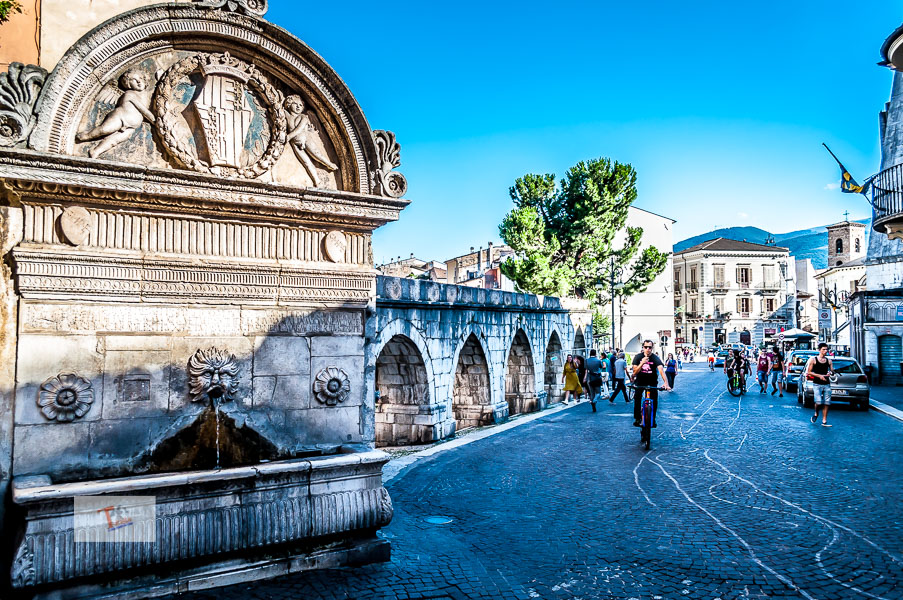
Leaving behind the medieval aqueduct of Sulmona and going towards Piazza XX Settembre, on the right, there is the fountain of the Vecchio, perhaps dating back to before 1474 and from which drinking water flows. Many stop at this fountain to drink or to fill bottles and flasks, before continuing their visit. Know that this city makes you thirsty, especially after the tastings of sugared almonds, which have always been a specialty here.
Ovid Course
Corso Ovidio is the classic shopping street, but here in Sulmona, the shops mainly sell sugared almonds, which is one of the local specialties, indeed, let’s say an ancient local tradition. There are shops of the best-known brands and local artisans. It is often possible to sample before buying this delight. I advise you not to stop only at the first shop, but, before buying, go around everyone. You will understand this later.
Piazza XX Settembre
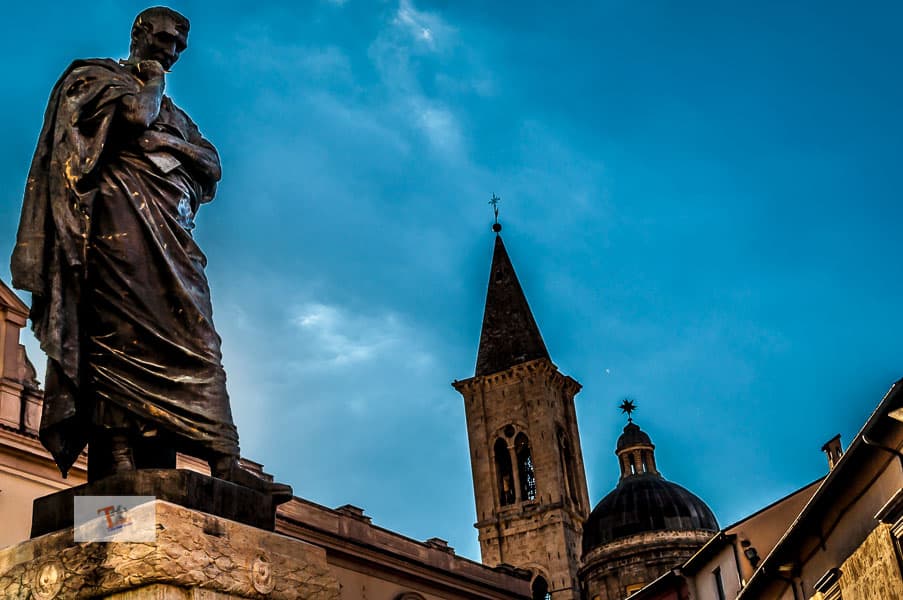
A few steps and here we are in Piazza XX Settembre, the square dedicated to the poet Ovid who was born here on March 20, 43 BC and was one of the main exponents of Latin literature and elegiac poetry, in fact, the imposing statue of him dominates the center. A square, this one in Sulmona, which reserves us not only the statue, but in an almost hidden corner, a shop with a blue and pink facade, some displays of external confetti, and a small very retro shop entrance. It is the Rapone confectionery, famous for its saffron confetti, but not only and it seems (I was told and I did not verify) that among the customers there would be the Holy See and the Queen of England. The confetti here is an absolute delicacy.
The Annunziata complex
We reluctantly leave this square in Sulmona, which inebriated us with the scent and flavor of its confetti, we move a little further and reach the Annunziata complex. This is the most important building in the city. It is an agglomeration of buildings from different eras, including the church and hospital (dating back to 1320) that previously belonged to the lay brotherhood of the Compenitenti (or della Penance), whose main purpose was to provide assistance to the population. I invite you to enter and visit the church. It is worth it.
We continue in our wandering around the city. An unmissable stop is the church of Santa Maria della Tomba which may have been built in the place where Ovid’s house once stood. Other sources, however, speak of a pagan temple that was destroyed to build this building.
Sulmona’s red garlic
Returning to Piazza Garibaldi, after finishing our tour of the historic center, we stop to buy another specialty from the Peligna Valley: Sulmona’s red garlic. It is a specialty already known in Sumerian times. In ancient Rome, it was used as a remedy for pains and insect bites and was distributed to soldiers to prevent infections and which is mentioned in several historical texts. Today we know that garlic strengthens the immune system and is also a powerful bactericide. This bulb has been cultivated for centuries in the Peligna Valley and the “Rosso di Sulmona” biotype has a particularly spicy flavor and above all its essential oils are suitable for pharmacological and herbal use. The product is easily found in fruit and vegetable stores, but pay attention to the price!
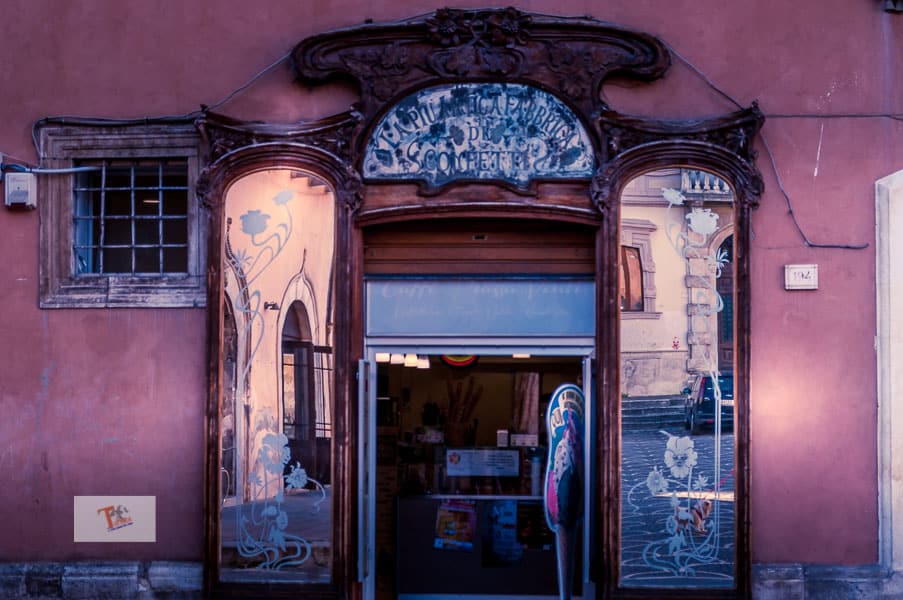
Porta Napoli
Finally, to conclude our visit to the historic center of Sulmona, let’s jump to Porta Napoli, which is located a little off-center from Piazza Garibaldi. It is one of the ancient gates of the city of Sulmona.
How do I get to Sulmona?
Sulmona can be reached by car following the A25 motorway, Pratola Peligna-Sulmona exit, or from the A14 to the A24 branch, always with the Pratola Peligna exit. By train, Rome-Pescara line, stop at Sulmona Centrale station. The nearest airports are those of Pescara and Rome, Fiumicino.

